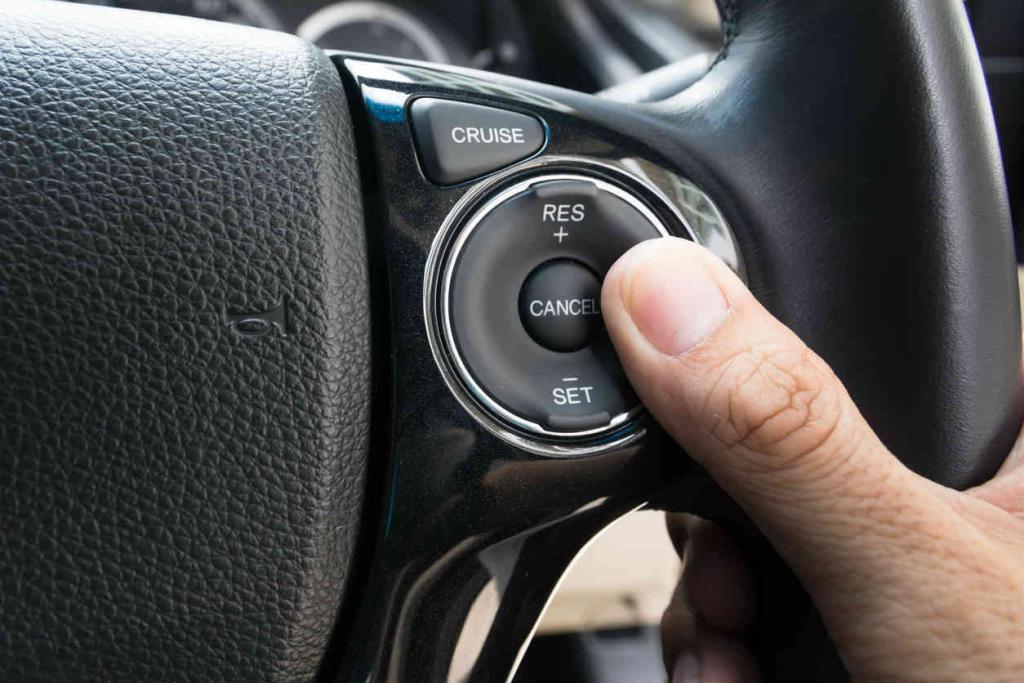Role Of Cruise Control In Car Accidents

Cruise control is a convenient feature in many modern vehicles. While cruise control can make long drives more comfortable, it can also play a role in car accidents if not used properly. It is necessary to know the role of cruise control in car accidents and how drivers can use this feature safely if they get injured in a car accident.
- Driving comfort
The first and most important thing to understand about cruise control is that it’s not intended to replace a driver’s attention and control of the vehicle. Cruise control is a tool to help make driving more comfortable, but it’s still the driver’s responsibility to control the vehicle and respond to changing road conditions.
This is especially true when driving on slippery roads or in adverse weather conditions when cruise control can make it more difficult to maintain control of the vehicle.
- Inattentiveness
Another factor to consider is that cruise control can lead to inattentiveness while driving. If a driver becomes too comfortable relying on cruise control, they may not be as alert to changing road conditions and may not react quickly enough if a situation arises that requires their attention.
For example, if a driver is following another vehicle too closely and the vehicle in front suddenly slows down, the driver using cruise control may not react quickly enough to avoid a collision.
- Dangers
Additionally, using cruise control on a downhill road can be dangerous because the vehicle may build up speed and become difficult to control. If a driver using cruise control on a downhill road needs to slow down suddenly, they may have trouble disengaging the cruise control and may have to apply the brakes harshly, which can cause the vehicle to skid or spin out of control.
It’s important to note that cruise control can also interfere with certain safety systems in a vehicle. For example, if a vehicle is equipped with adaptive cruise control, the system may not be able to respond to changing road conditions if the driver is using cruise control. This can put the vehicle and other drivers at risk of an accident.
Despite these potential dangers, there are ways to use cruise control safely and reduce the risk of being involved in an accident. Some of the most important tips include:
- Do not use cruise control in adverse weather conditions: If you’re driving in rain, snow, sleet, or ice, it is best to avoid using cruise control. These conditions can cause the road to be slippery, making it more difficult to control the vehicle and react to changing road conditions.
- Do not use cruise control on downhill roads: As mentioned earlier, using cruise control on a downhill road can cause the vehicle to build up speed and become difficult to control.
